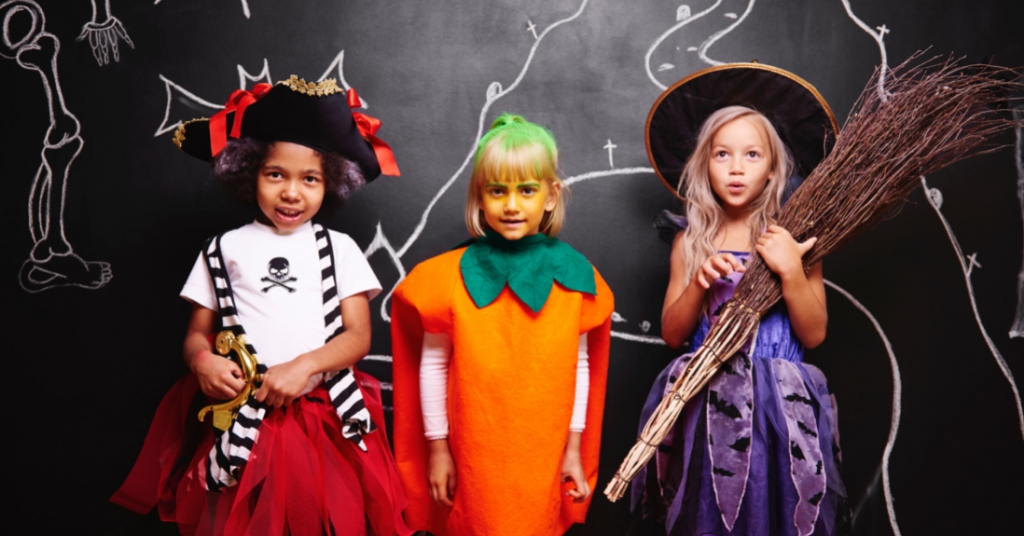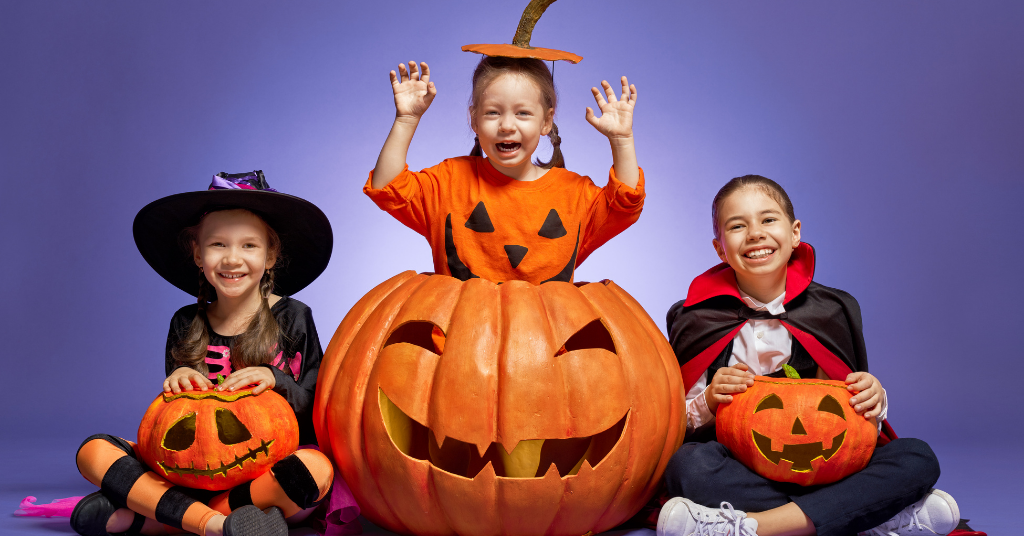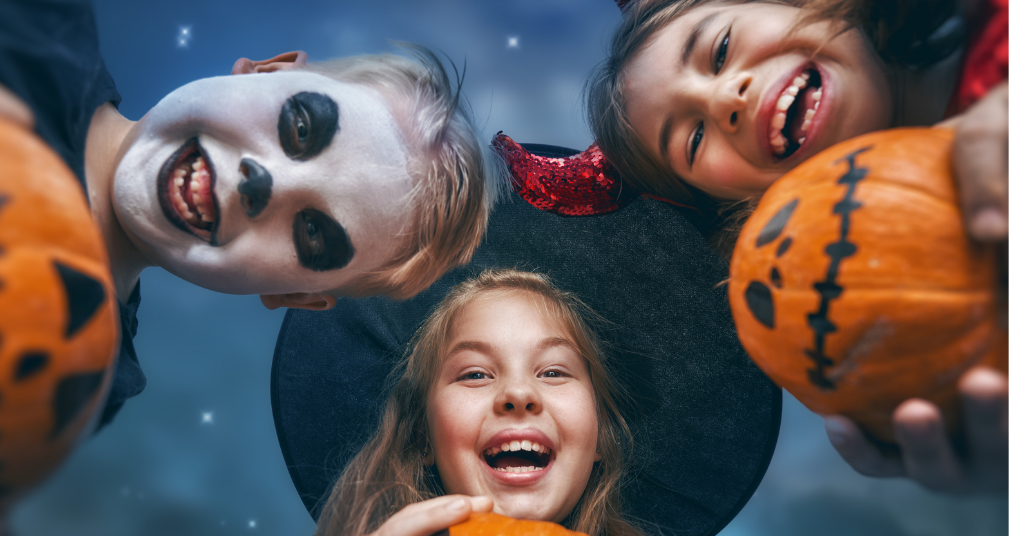For many years, costumes have played an important role in Halloween celebrations around the globe. But today, the consumers are offered a wide variety of costume options, that are both simple and complex, and are limited by the extent of their imagination. Thereby, allowing both children and adults a golden opportunity to dress up as their favorite characters or creatures every year. However, sometimes the traces of the Halloween costumes are lost to the process of time itself. Talking about the historical roots of the Halloween costume, it has been masked under the shadow of obscurity that only a few can understand.

With the Halloween season approaching, let’s take a look at the history of the unique and vibrant Halloween costumes and try to understand their significance and certain religious precepts associated with the Halloween costume.
1. Historical Roots of the Halloween Costume
The traces of the Halloween festivities can be traced back to the ancient Celtic festival of Samhain. The Celts were a group of people who lived around 2,000 years ago in the geographical regions of England, Northern France, and Ireland. The community observed November 1st, as the beginning of the Celtic new year, and they associated winters with death. On the night before the new year, that is, 31st October, the Celts believed that the boundary between the world of the living and the dead became blurred, thereby allowing the spirits of the dead to return to earth for a brief period of time.
Related Article: 7 Awesome Benefits of Art & Crafts Classes for Your Kid
The Celts were of the opinion that the spirits of the dead caused problems by damaging the crops so they would light up large bonfires for the ultimate sacrifice of the animal. While making religious sacrifices, the Celts always dressed up in different costumes to disguise themselves against these spirits. The initial Halloween costumes also served as sacred icons and played a key role in the exchange of animals for good fortune especially during the winter months.
2. The Period of 1600s and 1700s
For over the centuries, the celebrations and the festivities surrounding “All Hallows’ Eve”, continued to evolve and have been incorporated into many different elements of modern-day trick-or-treating. It was during the 1600s, that individuals used to dress up as saints or spiritual beings, and went door-to-door. As they were dressed up in their spiritual garb, individuals would reach out to houses where they were seen reciting religious verses in exchange for “soul cakes’ ‘. It was often believed that the households that donated food would be blessed.

It is a widely accepted belief that the elements of the Celtic Belief System continued to play a key role in the decision to disguise one’s identity during All Saints Day and All Hallows’ Eve. The majority of the Christians were also of the opinion that the souls of the departed wandered the Earth once a year, and the All Saints’ Day offered them an opportunity to seek revenge against those who did wrong things to them even during their Earthly life. In order to protect themselves from harmful behavior, the Christians would wear masks and costumes to hide their identity from evil and bad spirits.
3. The Period of the Late 1700s and 1800s
During the phase of the 18th and the 19th centuries, the Halloween costume and the celebrations of the All Hallows’ Eve were comparatively rare in Colonial America due to their strict laws and belief system. However, throughout Europe, Halloween costumes played a significant role in all the festivities. While in Ireland and Scotland, door-to-door interactions continued to flourish. Rather than going door-to-door, many individuals dressed up in vibrant costumes that either personified religious characters or beings that were more evil and threatening. After painting their faces, people would go door-to-door asking for various treats in exchange for peace to the homemaker.
For those who refused, pranks often followed. When it came to costume selection specifically, the choices and the variety varied significantly from one culture to another. For instance, in Wales, it was common for men to dress up as ferocious creatures, while in the other regions of Europe people used to cross-dress. Well, it was pretty much evident that people had a preference for scary characters and they were the ones who used to dress up as an assortment of devils, ghosts, and scary-looking creatures.

4. The Trend of Halloween Costumes in the United States
The emergence of Halloween in the United States had a direct link to the immigration of the Irish who were fleeing their country particularly due to the potato famine. As thousands and thousands of European immigrants entered the States during this period, a slightly American version of Halloween started to emerge, and the blending of different cultures together helped in producing a unique blend of traditions and customs that continue to flourish till this day.
The American style of trick-or-treating began taking hold of the Halloween celebrations in the United States; the festivities were completed with people dressed up in wild Halloween costumes and the custom of receiving treats door-to-door. Rather than representing religious or sacred elements, the Halloween costumes lost most of their superstitious power as the community leaders thought to secularize the holiday. And this was particularly true especially during the 1950s, as the overall celebrations evolved into a holiday.
Related Article: Benefits of Indoor Games & Extra Curriculum Activities for Kids
Final Words
From the very beginning, costumes have played an important role in the celebration of Halloween for over centuries. Although rooted deep in spiritual and religious precepts, the Halloween costume has evolved throughout as a highly profitable and secular concept. As per a rough estimate by The National Retail Federation, Americans spend nearly $3.2 billion on dressing up for the 2019 season alone, hence making 31st October one of the most profitable holidays of the year. Kickstart your Halloween celebrations with PiggyRide by enrolling your kids in some of the amazing and creative workshops that will ignite a new artist in your little child. Apart from art and craft classes, you can also stay up-to-date with all the Halloween-related celebrations and don’t miss the chance to enjoy the festivities with us.
So, brace yourself to celebrate the festival of Halloween with PiggyRide.


great article